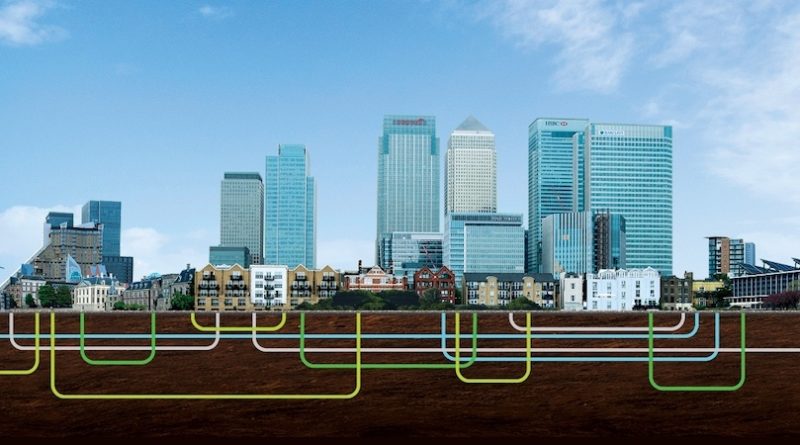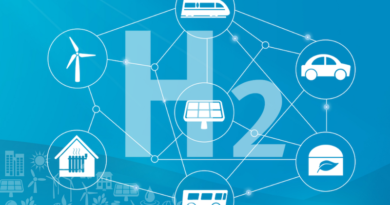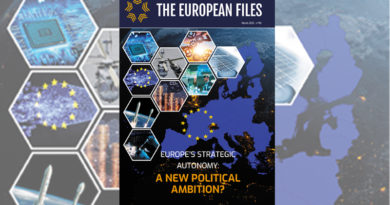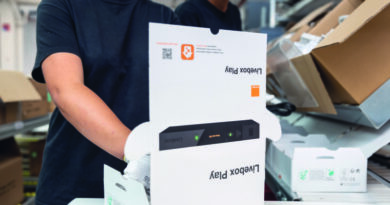
Sector integration and decarbonisation of heating and cooling
The emergence of ‘sector integration’ as a major theme of European energy policy has been one of the most exciting features of President von der Leyen’s new administration. The core idea is delightfully simple: by taking advantage of synergies between the constituent elements of our energy system, we can find a smoother, faster and cheaper route to achieving the EU’s ambition of making Europe the world’s first carbon neutral continent.
A cursory glace at a pie chart is enough to tell us that this cannot be done unless the heating and cooling sector (which continues to account for more than half of energy consumption in Europe) shifts from a model dominated by natural gas (and, to a lesser extent, oil) to one which embraces the potential of renewables and waste heat. The good news is this is one of the areas in which sector integration can make a major difference.
Given their history as the twin pillars of the EU’s internal energy market, it is understandable, even inevitable that many observers perceive the concept of sector integration at European level as nothing more than the coupling of Europe’s gas and electricity markets.
But sector integration can and indeed should be based on a much richer and more comprehensive vision of the energy system and the wider economy in which interaction and symbiosis across the power, heat, transport, industry and even the tertiary sectors allows them to become more than the sum of their parts.
For district heating and cooling (DHC) networks, this process has already developed well beyond the ‘vision’ stage. It is a proven concept that plays a major role in a number of Member States and has the potential to emerge as a key feature of the European energy transition as a whole. The concept is remarkably simple. In a European electricity system which will increasingly be dominated by intermittent production from the wind and sun, flexibility will be of the utmost importance. When such production outstrips demand at a given moment, the ‘surplus’ electricity can easily be channeled into large heat pumps or electric boilers and stored in water at a cost roughly 100 times lower than that of a comparable electric battery. Not only does this ‘power-to-heat’ process provide a precious route to market for RES electricity which might otherwise need to be curtailed or ‘sold’ at a negative price, it also serves to decarbonise the supply of the DHC network itself allowing our sector to take an important step towards making good on our commitment to decabonise our networks in Europe before 2050..
It’s a win-win for both the electric and thermal grids, all made possible by the power of sector integration.
Similarly, DHC networks can help to literally bridge the gap between industrial/ tertiary installations and the heating sector by connecting sources of waste heat such as steel production, data centres and even supermarkets with the buildings in which they are needed. Making use of these widely available heat streams means would mean far less reliance on the combustion of oil and gas and the establishment of a more circular and energy efficient model that will make Europe’s wider climate and energy ambitions far easier to achieve.
For all its statistical significance, the decarbonisation of the heating and cooling does not need to be particularly difficult to achieve. Achieving room temperature in our built environment without the use of fossil fuels is already well within Europe’s capability given sufficient political will and the establishment of an appropriate regulatory framework. Indeed there will be other areas of the economy, not least heavy industry, aviation and shipping, which look likely to pose a far greater challenge. The more rare, exotic and precious fruits of the coming sector integration revolution, notably green hydrogen, should be directed towards these hard to decarbonise sectors where they are likely to be desperately needed.
In urban areas, where the density of demand makes it possible to benefit from economies of scale, DHC networks can deliver, particularly if the EU is able to acknowledge embrace their status as more than ‘just’ local heat supply infrastructure.
Modern, smart thermal networks can emerge as a major strategic asset, not only for the communities they serve directly but for the wider European energy infrastructure puzzle.
The publication of the forthcoming European Commission Communication on Smart Sector Integration should serve as a significant milestone in this process. The European district heating and cooling industry looks forward to working closely together with policy-makers in Brussels and in cities all across Europe to deliver on the obvious potential of this important and intriguing concept.




